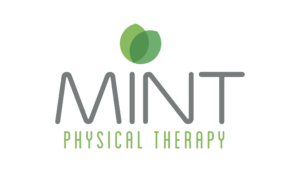
Alleviating Arthritis: How Physical Therapy Empowers Joint Health
Arthritis affects millions worldwide, causing pain, stiffness, and reduced mobility in joints. While it’s a prevalent condition, there’s hope in managing its symptoms and improving quality of life through physical therapy. Let’s explore how physical therapy serves as a vital tool in the fight against arthritis.
Understanding Arthritis:
Arthritis encompasses a range of conditions affecting joints, including osteoarthritis (OA) and rheumatoid arthritis (RA). These conditions result in inflammation, cartilage deterioration, and joint damage, leading to discomfort and decreased function. While there’s no cure for arthritis, effective management strategies can mitigate symptoms and enhance mobility.
The Role of Physical Therapy:
Physical therapy plays a pivotal role in arthritis management by addressing pain, improving joint function, and enhancing overall well-being. Here’s how:
Physical therapists employ various techniques to alleviate arthritis pain, including manual therapy, therapeutic exercises, and modalities such as heat/cold therapy and dry needling. These interventions help reduce inflammation, alleviate muscle tension, and promote relaxation, providing much-needed relief from discomfort.
Arthritis often leads to stiffness and decreased range of motion in affected joints. Physical therapists design tailored exercise programs to improve joint mobility and flexibility. These exercises target specific muscle groups, stretching tight tissues and enhancing joint movement, allowing individuals to perform daily activities and hobbies with less difficulty.
Muscle weakness is common in individuals with arthritis due to decreased activity levels and joint instability. Physical therapy focuses on strengthening muscles surrounding affected joints to provide support and stability. Through targeted strengthening exercises, individuals can build muscle strength, improve joint alignment, and reduce the risk of further joint damage.
Physical therapists educate individuals about arthritis management strategies, including proper body mechanics, joint protection techniques, and lifestyle modifications. By empowering patients with knowledge and self-management skills, physical therapy promotes independence and long-term success in managing arthritis symptoms.
Conclusion: Arthritis may pose significant challenges, but with the right approach, individuals can effectively manage its symptoms and lead fulfilling lives. Physical therapy serves as a cornerstone in arthritis management, offering personalized interventions to alleviate pain, improve joint function, and enhance overall well-being. By harnessing the power of physical therapy, individuals can embark on a journey to joint health and embrace life with renewed vitality.
Contact us today at contact@mintphysicaltherapy.com to see how we can help restore you to MINT condition.